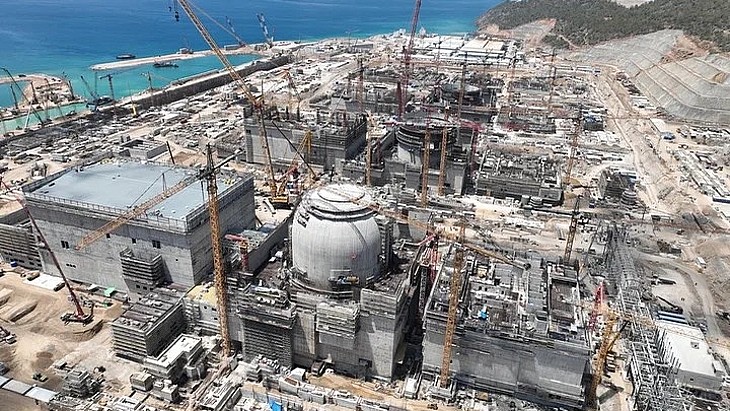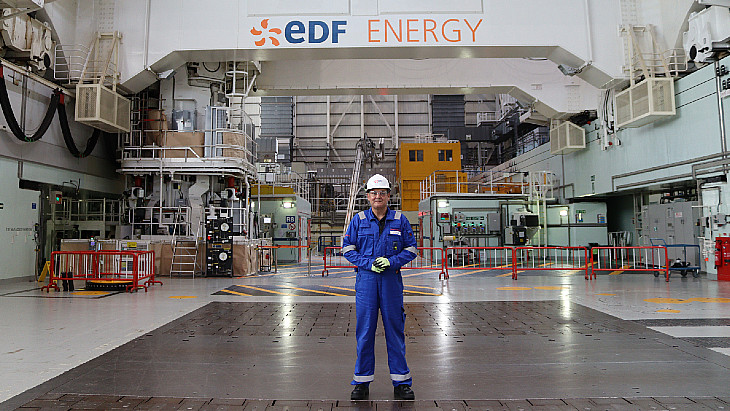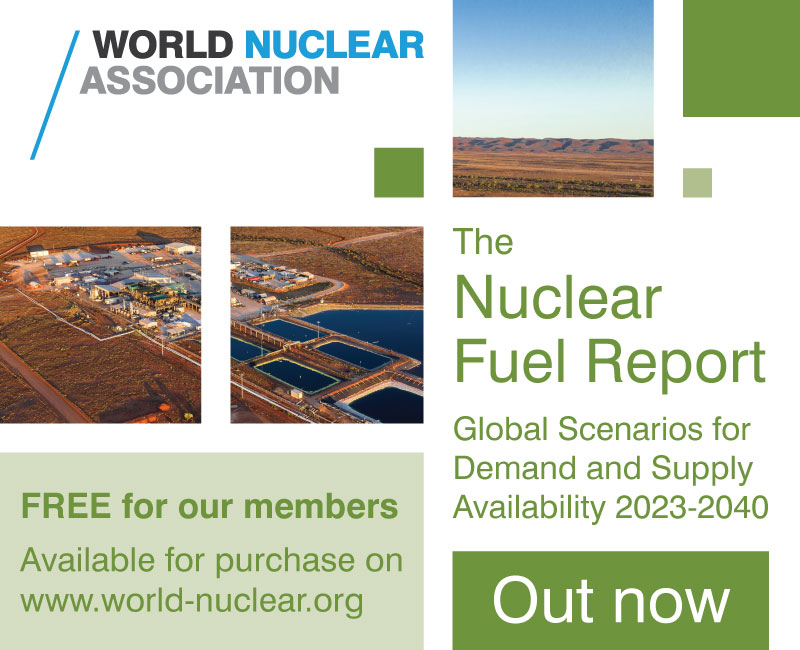IAEA releases 2023 nuclear power data
.jpg)
The reports - Nuclear Power Reactors in the World and Operating Experience with Nuclear Power Stations in Member States - are, respectively, the 44th and 55th in their series. They are based on data submitted to the IAEA by officially designated national data providers and maintained in the agency's Power Reactor Information System (PRIS) database.
Nuclear Power Reactors in the World - the IAEA's Reference Data Series No. 2 - provides a summary of recent specification and performance data on nuclear reactors in IAEA Member States and technical data on reactors that are either planned, under construction, operational or that were shut down or decommissioned, with data to the end of 2023.
Operating Experience with Nuclear Power Stations in Member States - sometimes called the OPEX Report - is a direct output from PRIS and includes annual performance data, outage information, and statistical information on electricity production and the overall performance of individual nuclear power plants that were operational in 2023, as well as a historical summary of plant lifetime performance and figures illustrating worldwide performance of the nuclear industry.
According to the reports, electricity production from nuclear power rose by 2.6% in 2023 compared with 2022, with nuclear power generating almost 10% of the world's electricity and a quarter of all low carbon electricity. The USA remained the world's top producer of nuclear electricity, followed by China and France, while China continued to lead in newbuilds.
The 2023 figures come against the backdrop of growing global ambitions for nuclear technology amid an aging reactor fleet, with more than two-thirds of reactors at least 30 years old, the IAEA said. Last December, the United Nations Climate Change Conference (COP28) in Dubai saw the 198 signatory countries to the UN Framework Convention on Climate Change call for accelerating the deployment of low-emission energy technologies including nuclear power for deep and rapid decarbonisation, particularly in hard-to-abate sectors such as industry. In addition, more than 20 countries at COP28 pledged to work towards tripling global nuclear power capacity to reach net zero by 2050.
"IAEA data shows the global fleet of nuclear reactors continues to be a large and indispensable source of low-carbon electricity," IAEA Director General Rafael Mariano Grossi said. "But it's also clear that we will need to extend the lives of existing reactors, replace retiring facilities with new ones, and add a lot of new capacity so that global climate change and energy security goals can be reached."
Nuclear Power Reactors in the World and Operating Experience with Nuclear Power Stations in Member States are both available on the IAEA's website.



_53540.jpg)









